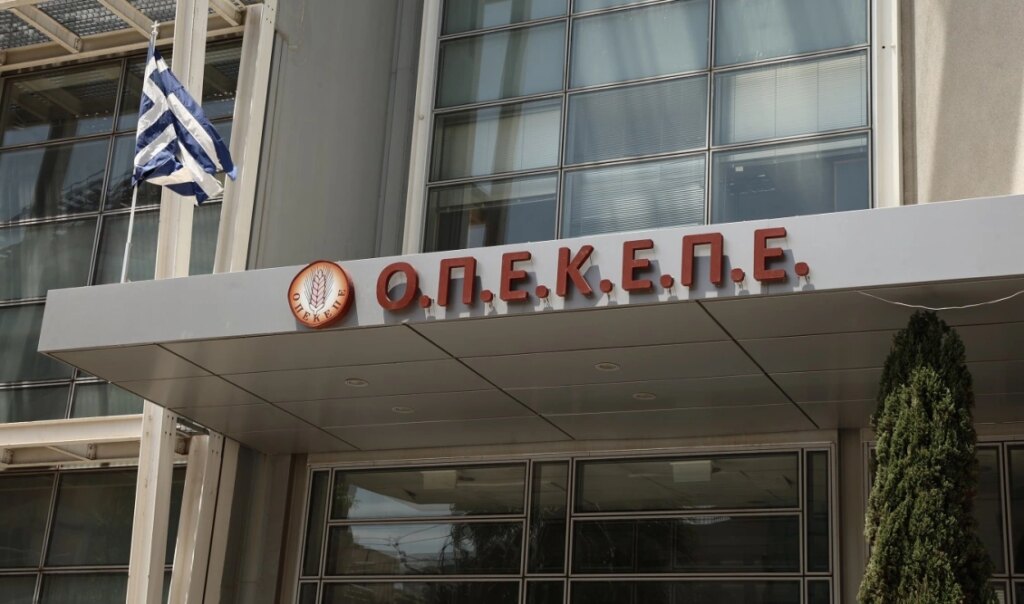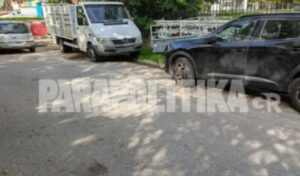OPEKEPE publishes annually the list of all agricultural subsidy recipients, in accordance with European Union transparency rules. This platform allows citizens to check how Common Agricultural Policy (CAP) funds are distributed and who the agricultural subsidy recipients are.
OPEKEPE subsidies: How to view the names
As stated on the official EU website, anyone receiving funding from the European Union under the CAP is included in publicly available lists. These lists are designed to promote transparency and trust in EU funding measures.
However, the rules must strike a balance between citizens’ right to know how public money is spent and the right to personal data protection. For this reason, the data is limited in scope and available only for a specified period.
The page that has the names online for 2 years based on obligations to the EU is the following: https://transpay.opekepe.gr/

OPEKEPE publishes annually all individuals who received money from Agricultural Funds. The lists include not only farmers, but also individuals who received funding from agricultural product processing activities, agrotourism and other related actions.
Agricultural subsidies are easily distinguished on the platform. With a click on a special box, the amounts received by beneficiaries per funding source are displayed. Farmers receive money for:
• Basic support
• Climate actions
• Wine sector support
• Cotton sector
• Other related measures
The main funding source is the European Agricultural Guarantee Fund.
Guide to searching subsidy recipients
On the OPEKEPE website you can search for recipients using various criteria. A basic criterion is the amount of money received by beneficiaries. You can set lower and upper limits, for example from 20 to 40,000 euros.
Additionally, you can specify the region or even the municipality that interests you. The platform allows entering first name, surname or company name for businesses. Recipients exceed 600,000 and include not only individuals.
Technical problems and platform changes
The OPEKEPE platform faced technical problems in recent days. The website was disabled from July 4 until Sunday morning. During the investigation, frequent changes were observed in the available data years.
Initially, the data concerned the years 2022 and 2023. Then 2024 was added and 2022 was removed. Finally, from Sunday the data concerns the years 2023 and 2024.
OPEKEPE scandal: The timeline
The platform provides useful conclusions about the distribution of agricultural subsidies. For example, in some regions significant subsidies have been given for organic farming to a large number of recipients, while in neighboring regions organic farming remains in its infancy.
This difference is significant, as consumers who choose organic products pay higher prices and want to be sure of their authenticity. The Ministry of Agriculture with an official announcement admits that in recent days there has been an exodus of producers from the organic farming regime due to fear of controls.
Another issue that causes surprise is that in some areas several recipients received large amounts from the first year of implementing ecological schemes, comparable to basic support. Conversely, in neighboring municipalities the emphasis is on coupled support and not on climate actions.
One of the side issues of the OPEKEPE case is the loss of trust towards the organization, payments and the EU. This crisis of confidence could evolve into a broader crisis in agricultural product markets.
Many farmers wonder if they should visit the service center where they made their application to make sure everything is fine with their case. The phrase “Don’t you see what’s happening!” has become a permanent refrain in discussions with farmers.
The differences in subsidy distribution between regions are justified, as farmers and land are not the same even in adjacent areas. However, it would be good to justify these differences for reasons of transparency and trust.




